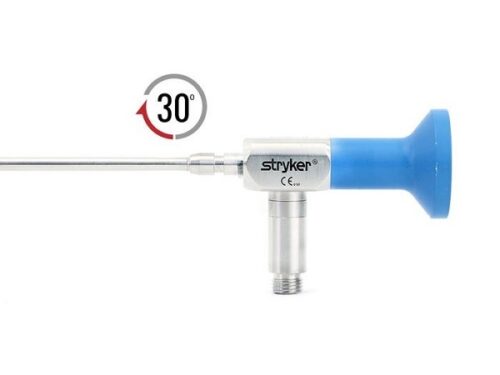
In the ever-evolving landscape of healthcare, medical equipment plays a pivotal role in diagnosing, treating, and caring for patients. Hospitals, regardless of their size or location, heavily rely on a wide array of medical devices and equipment to deliver quality healthcare services. However, acquiring new medical equipment can be a daunting and expensive task, especially for hospitals with tight budgets or in underserved regions. This is where refurbished medical equipment steps in to provide a cost-effective and sustainable solution. In this blog, we’ll delve into how refurbished medical equipment assists hospitals in delivering efficient and high-quality patient care.
1. Cost Savings for Budget-Conscious Hospitals
One of the most significant advantages of refurbished medical equipment is the cost savings it offers to hospitals. New medical devices and equipment come with a hefty price tag, often out of reach for smaller hospitals, clinics, and healthcare facilities. Refurbished equipment, on the other hand, allows hospitals to access top-tier technology at a fraction of the cost. These savings can be channeled into other critical areas of patient care, such as hiring skilled staff, improving facilities, and expanding services.
2. Accessibility to Advanced Technology
Medical technology is constantly advancing, and keeping up with the latest equipment can be a challenge for many hospitals. Refurbished medical equipment bridges this gap by providing access to advanced technology that might otherwise be financially unattainable. This enables hospitals to stay competitive and offer state-of-the-art services to their patients.
3. Environmental Sustainability
Refurbishing medical equipment promotes environmental sustainability. It reduces the environmental impact associated with manufacturing new equipment by extending the life of existing devices. This sustainable approach not only conserves resources but also minimizes electronic waste, contributing to a greener planet.
4. Comprehensive Equipment Choices
Refurbished equipment comes in a wide range of options. Hospitals can select from a variety of devices, including MRI machines, CT scanners, X-ray machines, ultrasound equipment, and more. This flexibility allows hospitals to tailor their equipment choices to their specific needs and budget constraints.
5. Quick Equipment Replacement
In the fast-paced world of healthcare, equipment downtime can lead to life-threatening situations. Refurbished equipment providers often maintain a readily available inventory of equipment, making it easier for hospitals to replace malfunctioning or outdated devices quickly. This ensures that patient care remains uninterrupted and efficient.
6. Stringent Quality Assurance
Reputable refurbished equipment providers adhere to rigorous quality assurance standards. Before equipment is made available for resale, it undergoes a thorough refurbishment process, including inspection, testing, and necessary repairs. This process ensures that the equipment meets or exceeds industry safety and performance standards, guaranteeing the safety of patients and healthcare providers.
7. Customized Solutions
Refurbished equipment providers understand that each hospital’s needs are unique. They work closely with hospitals to provide customized solutions that align with their specific requirements. Whether it’s selecting the right equipment or ensuring proper installation and ongoing maintenance, these providers offer comprehensive support.
8. Reliability and Durability
Refurbished medical equipment is known for its reliability and durability. Many of these devices were originally built to withstand the demands of healthcare environments, and their refurbishment process often includes upgrading and enhancing their performance, ensuring they remain dependable for years to come.
9. Training and Support
Refurbished equipment providers typically offer training and ongoing support to hospital staff. This helps healthcare professionals become proficient in using the equipment and maximizes its potential in patient care.
10. Improved Patient Care
Ultimately, the use of refurbished medical equipment contributes to improved patient care. Hospitals can maintain or enhance their diagnostic and treatment capabilities, resulting in more accurate diagnoses and better patient outcomes. This, in turn, leads to higher patient satisfaction and a positive reputation for the hospital.
In conclusion, refurbished medical equipment plays a pivotal role in helping hospitals deliver efficient, cost-effective, and high-quality healthcare services. By providing budget-friendly access to advanced technology, reducing environmental impact, and offering reliable solutions, refurbished medical equipment ensures that hospitals can focus on their primary mission: providing the best possible care to their patients. This sustainable approach to healthcare equipment benefits not only hospitals but also the communities they serve.



A WordPress Commenter
Hi, this is a comment.
To get started with moderating, editing, and deleting comments, please visit the Comments screen in the dashboard.
Commenter avatars come from Gravatar.